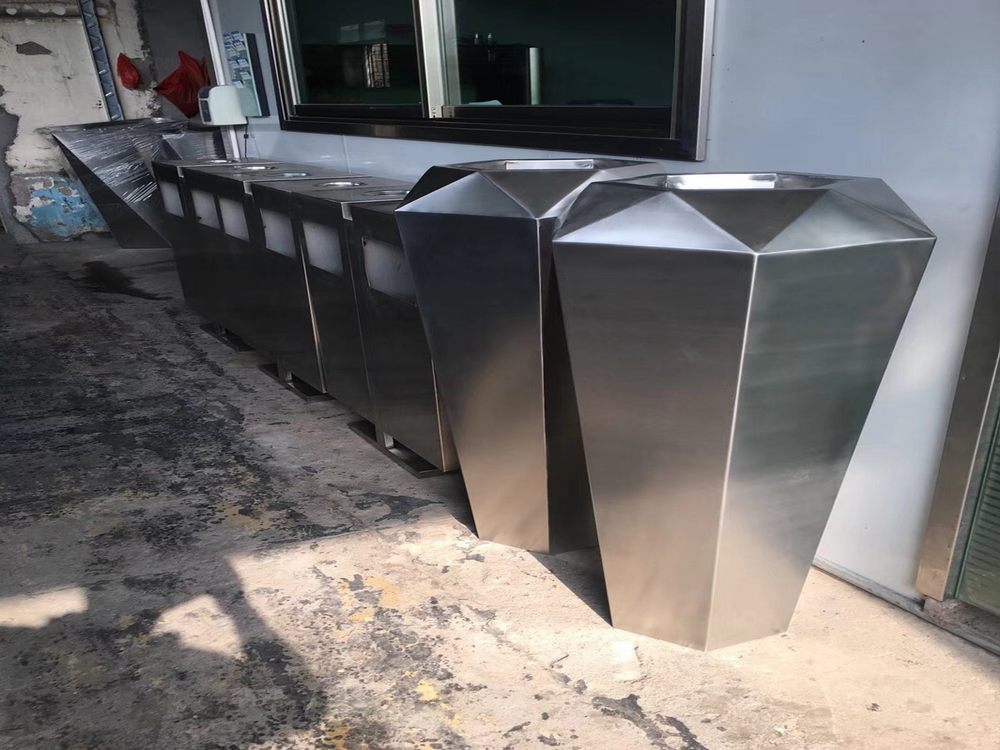
Artists employ a variety of creative techniques to produce intricate textures and patterns on metal surfaces without relying on machining. These methods blend traditional craftsmanship with modern innovation, offering endless possibilities for unique metal artworks.
One popular approach is hammering, where artists use specialized hammers and stakes to create dimpled, stippled, or linear textures. The repoussé technique takes this further by working the metal from both sides to produce raised relief designs.
Chemical processes like acid etching allow for precise pattern creation. Artists apply resistant grounds to protect certain areas before submerging the metal in etching solutions, resulting in beautifully contrasted textures. Patination introduces colorful oxidized finishes through controlled chemical reactions with substances like liver of sulfur or ferric nitrate.
For more organic effects, artists might use fold-forming – repeatedly bending and hammering metal to create dramatic, flowing textures. Sand casting produces rough, granular surfaces by pouring molten metal into textured sand molds.
Contemporary artists often combine these methods with unconventional tools – from wire brushes to natural objects – to imprint unique textures. The key lies in understanding how different metals respond to various treatments, allowing for endless creative exploration without mechanical machining.
These handcrafted techniques not only preserve traditional metalworking skills but also enable artists to create one-of-a-kind pieces with distinctive character and depth that machined surfaces often lack.

